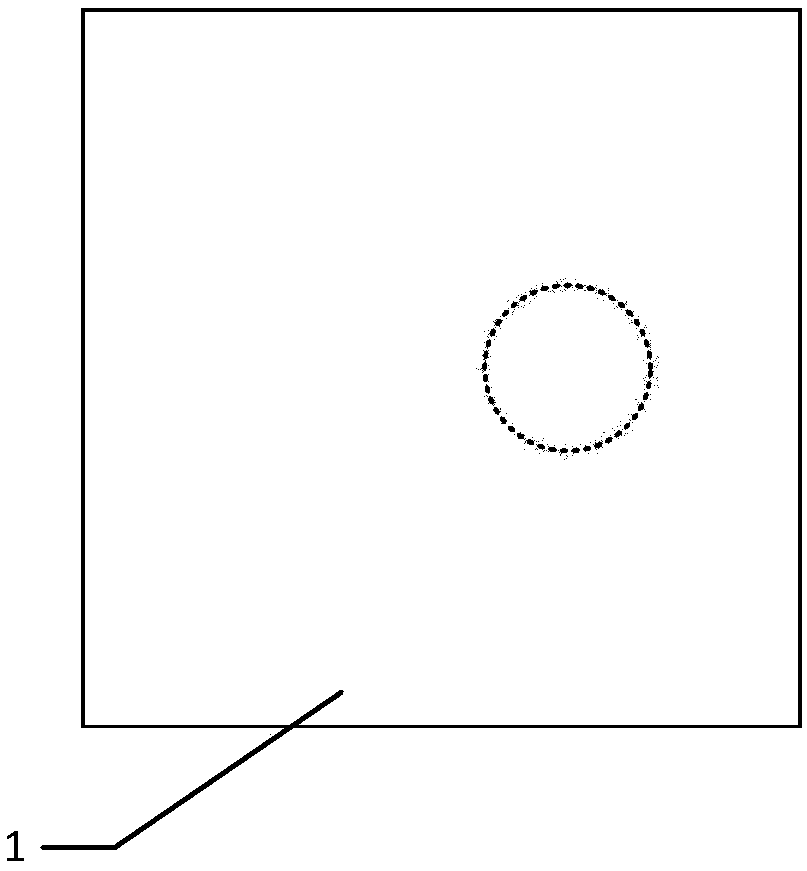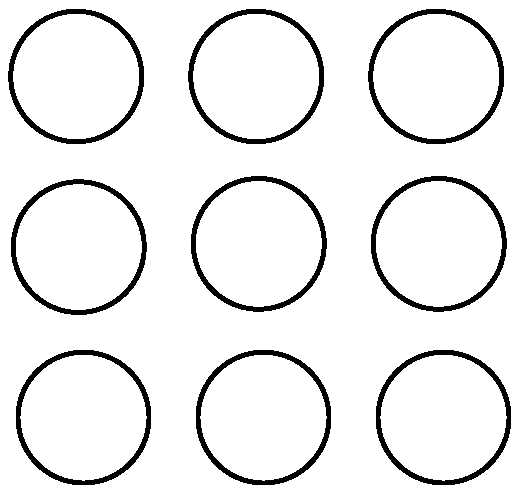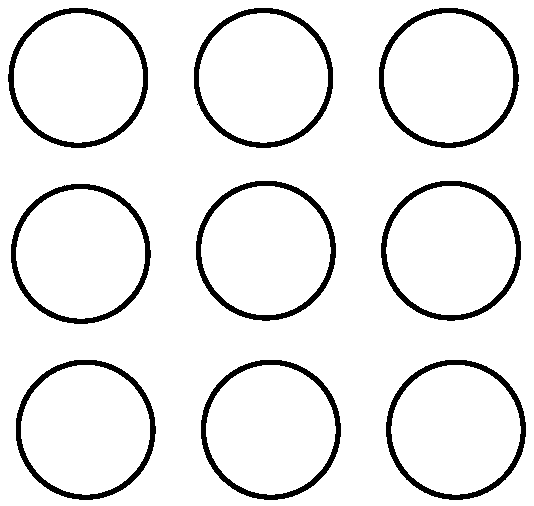Micro-filtration membrane and method for modifying same
A modification method and microfiltration membrane technology, applied in the field of membrane modification, can solve problems such as difficulty in cell release, and achieve the effect of improving the release rate and enhancing the ability of grading screening.
- Summary
- Abstract
- Description
- Claims
- Application Information
AI Technical Summary
Problems solved by technology
Method used
Image
Examples
preparation example Construction
[0059] (1) Preparation of temperature-sensitive water-soluble polymer solution. In an environment higher than the minimum critical solution temperature of the temperature-sensitive water-soluble polymer, after preparing a high-concentration polymer aqueous solution, according to different application scenarios, dilute to a concentration of 0.1% to 1% by volume, and reserve (low-concentration temperature-sensitive water-soluble polymer solution) The permanent polymer solution has almost no effect on the pore size of the filter membrane);
[0060] (2) Modification of microfiltration membrane. The prepared or purchased microfiltration membrane has a pore size ranging from R1 to R2. A custom-concentrated temperature-sensitive water-soluble polymer solution is applied to the microfiltration membrane by direct immersion or spraying. Place the treated microfiltration membrane at room temperature or 50°C to fully dry it for later use. Since the concentration of the selected polymer ...
Embodiment 1
[0073] There are two cell populations in the cell system, the average size of the A cell population is 6 μm (such as red blood cells), the average size of the B cell population is 15 μm (such as A549 cells), and the target to be enriched is the B cell population. The material of the microfiltration membrane is parylene with a pore size of 8 μm.
[0074] Poly-N-isopropylacrylamide (PNIPAM) was prepared as a solution with a concentration of 0.1% by volume; the microfiltration membrane was immersed in the solution for 1 min, and then taken out to dry naturally. And put the treated microfiltration membrane into the filter device. Inject the mixed cell solution into the upper part 5 of the filter device. After the liquid passes through completely, transfer the microfiltration membrane to a container filled with phosphate buffered saline solution, heat it in a water bath at 34°C, and after 1 min, the release phase ends, and take out the filter membrane , the cell group B is release...
Embodiment 2
[0076] There are two cell populations in the cell system, the average size of the A cell population is 6 μm (such as red blood cells), the average size of the B cell population is 15 μm (such as A549 cells), and the target to be enriched is the B cell population. The material of the microfiltration membrane is parylene with a pore size of 8 μm.
[0077] Poly-N-isopropylacrylamide (PNIPAM) was prepared as a solution with a concentration of 1% by volume; the microfiltration membrane was immersed in the solution for 1 min, and then taken out to dry naturally. And put the treated microfiltration membrane into the filter device. Inject the mixed cell solution into the upper part 2 of the filter device. After the liquid has completely passed through, transfer the microfiltration membrane to a container filled with phosphate buffered saline solution and heat it in a water bath at 34°C. After 1 min, the release phase ends and the filter membrane is taken out. , at this time, the cell...
PUM
 Login to View More
Login to View More Abstract
Description
Claims
Application Information
 Login to View More
Login to View More - R&D Engineer
- R&D Manager
- IP Professional
- Industry Leading Data Capabilities
- Powerful AI technology
- Patent DNA Extraction
Browse by: Latest US Patents, China's latest patents, Technical Efficacy Thesaurus, Application Domain, Technology Topic, Popular Technical Reports.
© 2024 PatSnap. All rights reserved.Legal|Privacy policy|Modern Slavery Act Transparency Statement|Sitemap|About US| Contact US: help@patsnap.com










